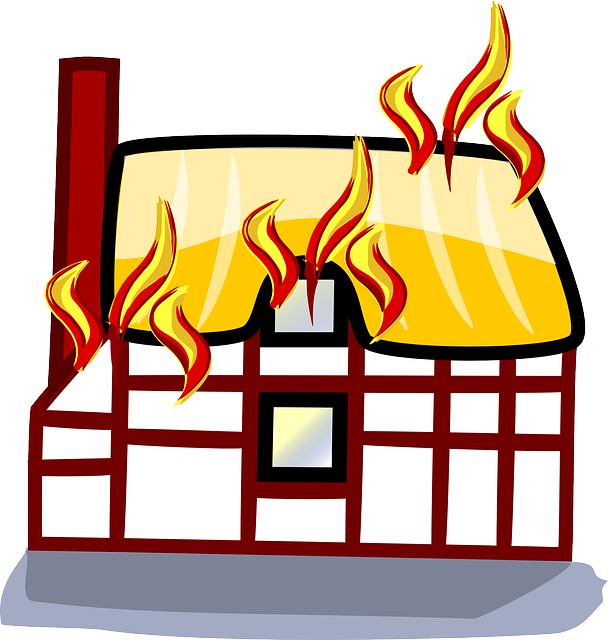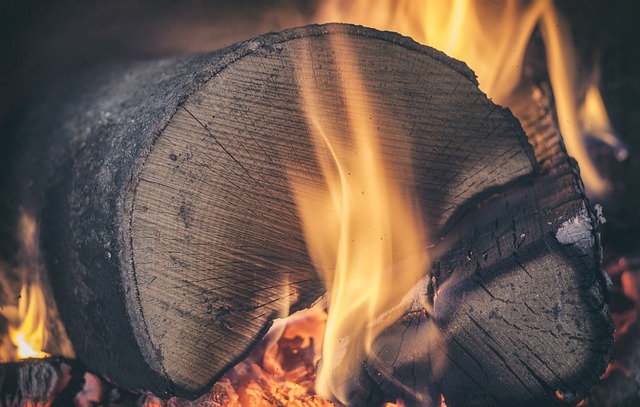Selling a fire-damaged property in California involves a strategic process due to unique market dynamics and regulations. Homeowners should assess damage, understand insurance obligations (including mandatory disclosure), and prioritize safety code compliance. Specialized agents can guide repairs, renovation planning, and marketing the property as a transformation project. The key is transparency while emphasizing restoration potential, navigating permits, and open communication with insurers and buyers. Post-sale, homeowners must document damage, engage professionals for repairs, and maintain detailed records for insurance claims.
“The California real estate market, known for its vibrancy and diversity, presents unique challenges, especially after natural disasters like fires. This comprehensive guide explores the intricacies of navigating a post-fire real estate journey in California. From understanding market dynamics and assessing fire damage, to effective marketing strategies and legal considerations, we provide essential insights for homeowners aiming to sell their fire-damaged properties. Discover expert tips on preparation, recovery, and rebuilding after a fire, tailored specifically for the California marketplace.”
- Understanding California's Real Estate Market Dynamics
- Navigating the Challenges of Selling a Fire-Damaged Property
- Assessment and Repair: Preparing Your Home for the Market
- Marketing Strategies for Effective Home Sales in California
- Legal Considerations When Selling After a Fire
- Post-Sale Steps: Rebuilding and Recovery for California Homeowners
Understanding California's Real Estate Market Dynamics

California’s real estate market is known for its diverse landscapes, from vibrant coastal cities to sprawling desert towns, each with unique property dynamics. Understanding this market involves recognizing several key factors. One prominent aspect is the high demand driven by a thriving economy and a diverse population seeking affordable housing options. This demand often pushes prices up, especially in desirable locations like Los Angeles or San Francisco.
Another critical factor is the presence of natural disasters, notably wildfires, which can significantly impact the market, particularly when it comes to selling a fire-damaged home in California. Homeowners facing this challenge must be aware of specific guidelines and incentives offered by local governments and insurance providers to mitigate losses and facilitate the sale process. Knowing how to navigate these circumstances is essential for successful property transactions within the state’s dynamic real estate market.
Navigating the Challenges of Selling a Fire-Damaged Property

Navigating the sale of a fire-damaged property in California can be a complex and challenging process, but with the right approach, it is possible to overcome these obstacles. The first step for homeowners is to assess the extent of the damage and determine if the property is salvageable or if a complete renovation is required. This involves hiring professionals to inspect the home and provide an accurate estimate of repair costs.
Once the damage is assessed, homeowners must understand the insurance implications. California’s insurance regulations require sellers to disclose any known damage, so it’s crucial to be transparent with potential buyers. There are also specific guidelines for rebuilding after a fire, ensuring that any renovations meet safety standards and code requirements. Engaging experienced real estate agents who specialize in fire-damaged properties can provide valuable guidance throughout this process, ultimately helping homeowners secure the best possible sale terms.
Assessment and Repair: Preparing Your Home for the Market

Selling a fire-damaged home in California can be a challenging process, but with the right preparation, it’s possible to navigate the market successfully. The first step is assessing the extent of the damage and understanding potential repair costs. Homeowners should conduct a thorough inspection, documenting every affected area, from structural integrity to interior renovations. This detailed report will not only help set realistic expectations for buyers but also serve as a negotiation tool during the sales process.
Once the assessment is complete, it’s time to plan the repairs. Prioritize safety and stability first, ensuring any structural issues are addressed before aesthetics. Repairs should aim to restore the property to its pre-fire condition, focusing on functionality and market appeal. Consider consulting with professionals who can provide expert advice tailored to California’s real estate standards and buyer preferences.
Marketing Strategies for Effective Home Sales in California

Selling a fire-damaged home in California requires a strategic approach to navigate the competitive real estate market. The first step is to conduct a thorough inspection and assessment to understand the extent of the damage. This not only helps in determining the necessary repairs but also informs your marketing strategy. Highlighting any renovations or improvements you plan to make as part of the sale can attract buyers who appreciate proactive ownership.
In California, where the market is often fast-paced, creating a compelling narrative around your property is key. Document and visually represent the pre-fire condition of the home using high-quality photography and videos. Be transparent about the fire damage but frame it as an opportunity for a fresh start. Effective marketing materials should showcase the potential for transformation, emphasizing that the home has been or will be restored to its former glory or even beyond.
Legal Considerations When Selling After a Fire

When selling a fire-damaged home in California, understanding the legal considerations is crucial. The first step for homeowners is to ensure they comply with local building and safety codes. After a fire, properties often require repairs and renovations to meet these standards, and obtaining necessary permits is essential before proceeding with any sales transactions. Failure to adhere to these regulations can result in delays or even legal issues down the line.
Additionally, homeowners should be aware of their insurance policies and the role they play in the sale process. Insurance companies may have specific requirements regarding repairs and the restoration process, which could impact the timeline for selling. It’s important to communicate openly with both your insurance provider and potential buyers to ensure a smooth transition during the sale of a fire-damaged property in California.
Post-Sale Steps: Rebuilding and Recovery for California Homeowners

After successfully navigating the process of selling a fire-damaged home in California, homeowners must now focus on rebuilding and recovering. The first step is to assess the extent of damage, which can be a challenging yet crucial task. It’s important to document everything with photos and videos for insurance purposes and to get an accurate picture of what needs to be repaired or replaced. Working with professionals like contractors and restoration specialists who have experience in fire damage restoration will ensure that the process is handled efficiently and safely.
Once the damage has been assessed, homeowners can begin the reconstruction process. This may involve structural repairs, decontaminating the property from any hazardous materials, and renovating the interior to its former state or even redesigning for a fresh start. Financial support from insurance companies will play a significant role in this phase, so keeping detailed records of expenses is essential. It’s also advisable to stay informed about local building codes and regulations to ensure that all repairs comply with safety standards, making your home not just habitable but also compliant with legal requirements.
Selling a fire-damaged home in California can be a complex process, but with the right knowledge and strategies, it’s feasible. By understanding the unique dynamics of the state’s real estate market, navigating legal considerations, and implementing effective marketing tactics, homeowners can successfully sell their properties and begin their recovery journey. Remember, each step, from assessment and repair to post-sale rebuilding, is crucial in ensuring a smooth transition and maximizing your home’s value in the California market.






